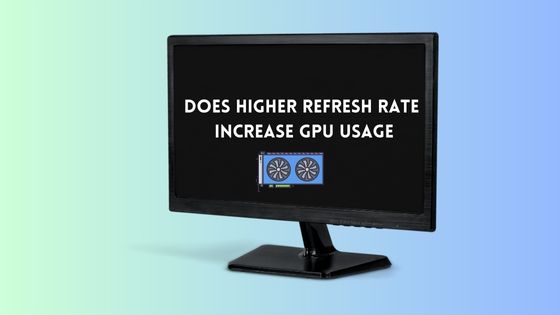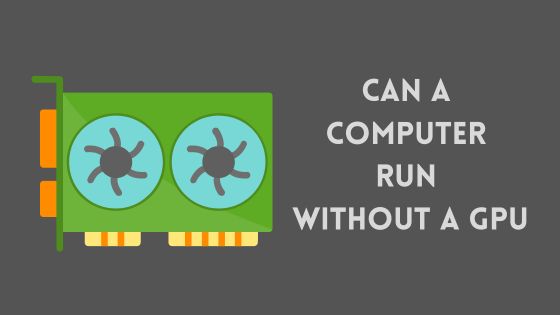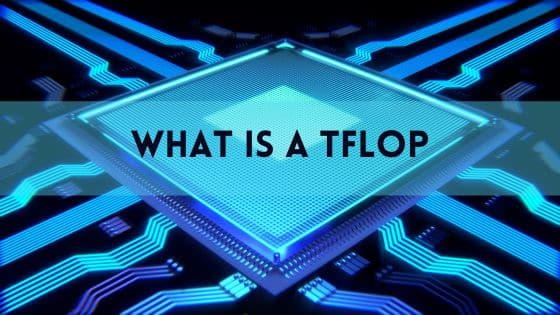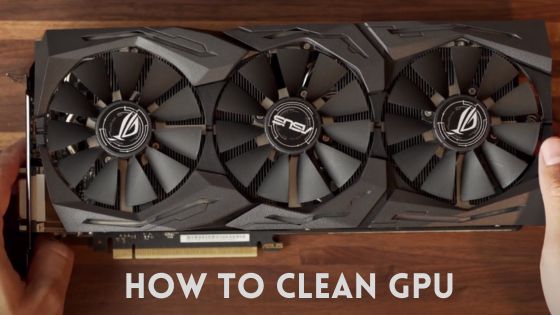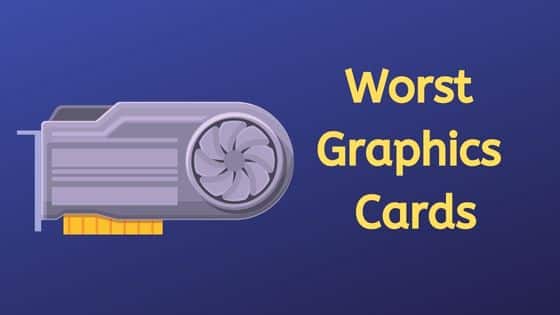Nintendo Switch GPU Equivalent: What You Need to Know
As a gamer, I have always been interested in the technical specifications of gaming consoles. One of the most popular consoles on the market today is the Nintendo Switch.
The Switch has been praised for its portability and versatility, but how does its GPU stack up against other gaming systems?
After researching, I found that the Nintendo Switch GPU equivalent is the NVIDIA Tegra X1 processor GPU. This processor is very similar to the GM20B GPU found in the Nintendo Switch regarding design, speed, and performance. Also, there are some common features between the GM20B GPU in the Switch and the GTX 1650 GPU.
The hardware is surprisingly similar, which makes it easier for developers to create games for both the Switch and PC platforms. If you’re a gamer who is interested in the technical side of things, knowing the GPU equivalent of the Nintendo Switch can be helpful in understanding its capabilities.
In this article, I will delve deeper into the topic and explore what GPU is equivalent to Nintendo Switch and how the Switch’s GPU compares to other gaming systems.
What is The Nintendo Switch GPU?
The Nintendo Switch GPU is a crucial console component that significantly delivers high-quality graphics and smooth gameplay.
The Nintendo Switch GPU is a custom-designed processor developed by NVIDIA. based on the NVIDIA Tegra X1 processor GPU and has a clock speed of 768 MHz.
The Tegra X1 processor GPU is also used in devices like the NVIDIA Shield Android TV and Google Pixel C tablet.
The Nintendo Switch GPU has 256 CUDA cores, significantly less than other gaming consoles like the PlayStation 4 and Xbox One.
However, the Nintendo Switch is not designed to compete with these consoles in terms of performance. Instead, it focuses on delivering a unique gaming experience combining the best console and handheld gaming.
The Nintendo Switch GPU is designed to be power-efficient and can switch between different clock speeds depending on the demands of the game. This helps to conserve battery life when playing games in handheld mode. The GPU can also output a maximum resolution of 1080p when playing games on a TV.
See also: What Graphics Card does the PS5 have?
Nintendo Switch GPU Specs
In this section, I will discuss the GPU specs of the Nintendo Switch.
The Nintendo Switch uses a custom NVIDIA Tegra X1 processor GPU. This GPU is based on the Maxwell architecture and has 256 CUDA cores.
The clock speed of the GPU is 768 MHz in handheld mode and 307.2 MHz in docked mode. It operates at a memory clock speed of 1600 MHz and utilizes LPDDR4 memory, offering a combined memory bandwidth of 25.6 GB/s. The GPU can deliver a maximum resolution of 1920×1080 pixels in docked mode and 1280×720 pixels in handheld mode.
The GPU is integrated into the Tegra X1 processor, a system-on-chip (SoC) that combines a quad-core ARM Cortex-A57 CPU with the Maxwell GPU. The Tegra X1 processor is built on a 20nm process and has a thermal design power (TDP) of 15 watts.
The GPU also supports tessellation, dynamic lighting, and shading features. These features enable the Nintendo Switch to deliver high-quality graphics in games such as The Legend of Zelda: Breath of the Wild and Super Mario Odyssey.
What Is The Nintendo Switch GPU Equivalent?
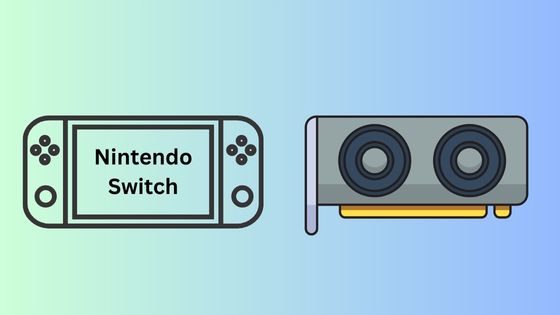
As a gaming enthusiast, you have often wondered what the Nintendo Switch GPU equivalent is.
Well, the answer to this question is GTX 1650.
The GeForce GTX 1650 is powerful graphics card constructed using the 12 nm manufacturing process and is powered by the TU117 graphics processor in its TU117-300-A1 variant.
It is fully compatible with DirectX 12, ensuring optimal performance with modern games. This graphics card comes equipped with 4 GB of GDDR5 memory, connected through a 128-bit memory interface.
The GPU operates at a base frequency of 1485 MHz, which can boost up to 1665 MHz. The memory runs at 2001 MHz, equivalent to an effective speed of 8 Gbps.
The GTX 1650 offers solid 1080p gaming performance and can run modern games at medium to high settings.
However, it is important to note that direct performance comparisons between console and PC GPUs are not always straightforward due to differences in optimization and hardware configurations.
What Is the Nintendo Switch OLED GPU Equivalent?
The Nintendo Switch OLED is the latest addition to the Nintendo Switch family, and it comes with some impressive upgrades.
One of the most important components of any gaming console is the GPU, which is responsible for rendering graphics and generating images on the screen.
So, what is the Nintendo Switch OLED GPU equivalent? The Nintendo Switch OLED features the same GPU as the original Nintendo Switch and the Nintendo Switch Lite, which is the NVIDIA Tegra X1 processor GPU.
This GPU is a custom-designed chip created for the Nintendo Switch family of consoles. It is a mobile processor based on the Maxwell architecture and features 256 CUDA cores.
While the Nintendo Switch OLED GPU is not as powerful as the GPUs found in other gaming consoles, it can still deliver a great gaming experience.
The GPU is clocked at 768 MHz, which is slightly higher than the clock speed of the original Nintendo Switch GPU, which is clocked at 768 MHz in handheld mode and 307.2 MHz in docked mode.
The Nintendo Switch OLED GPU can deliver up to 1 teraflop of performance, which is impressive for a mobile processor.
Thanks to the new OLED display, it can also run games at 1080p resolution in handheld mode and up to 4K resolution in docked mode.
Teraflop To Teraflop Comparison
When it comes to comparing the Nintendo Switch GPU equivalent to other consoles, one of the most commonly used metrics is teraflops.
A teraflop measures a computer’s processing speed and is equivalent to one trillion floating-point operations per second.
The Nintendo Switch has a GPU that offers a performance teraflop, making it 2.8x as graphically powerful as the Wii U before. While this is impressive, other consoles on the market offer more teraflops of performance.
For example, the PlayStation 4 Pro has a GPU that offers 4.2 teraflops of performance, while the Xbox One X has a GPU with six teraflops of performance. This means that both of these consoles are more powerful than the Nintendo Switch regarding processing speed.
However, it’s important to note that teraflops aren’t the only factor determining a console’s performance. Other factors, such as the GPU’s architecture, can also affect a console’s performance.
Additionally, the Nintendo Switch is unique in that it is both a home console and a portable console. This means that it has to balance performance with battery life and portability.
While the Switch may not be as powerful as other consoles, it offers a unique gaming experience that can’t be found on other consoles, such as Xbox Series X, PS5, etc.
Are any other graphics cards equivalent to a Nintendo Switch?
As I researched, the NVIDIA GTX 1650 GPU is the equivalent of the Nintendo Switch GPU. However, some other graphics cards also offer similar performance capabilities.
Here are a few graphics cards that you can consider if you’re looking for an equivalent to the Nintendo Switch GPU:
- Nvidia GeForce 1060, 1070, and 1080: These graphics cards offer exceptional performance and can effectively handle most games at higher resolutions than the integrated GPU. They also serve as excellent alternatives for Nintendo Switch equivalent graphics cards.
- GeForce 830M: The CUDA core count of GeForce 830M is pretty close to the Tegra X1 processor. It is about as fast as the GeForce 9800 GTX, a good option for a Nintendo Switch equivalent graphics card.
- Radeon R7 240: This graphics card has equivalent FP32 (single precision float) GFlops to the Switch’s docked GPU capabilities. While it is unclear what the CPU equivalent would be, it is the most important part needed to replicate its performance.
It’s important to note that while these graphics cards offer similar performance capabilities to the Nintendo Switch GPU, they are not exact equivalents.
The Tegra X1 processor GPU is specifically designed for the Nintendo Switch, and its performance is optimized for the console’s hardware and software.
Is The Nintendo Switch GPU Better Than The GTX 1650 GPU?
I have often come across discussions about the Nintendo Switch GPU and how it compares to other GPUs in the market, such as the GTX 1650.
While both processors have similarities in their design and maximum performance capability, there are significant differences between them.
The Nintendo Switch GPU is a custom-designed NVIDIA Tegra processor that allows for portability and the ability to play games on the go or at home.
It has a clock speed range of 384-768 MHz and comes with a shared VRAM. On the other hand, the GTX 1650 operates at clock speeds between 1.4GHz and 1.6GHz, with a dedicated VRAM of up to 4GB GDDR5.
When it comes to raw power, the GTX 1650 outperforms the Nintendo Switch GPU by a significant margin.
The GTX 1650 has more CUDA cores, higher clock speeds, and dedicated VRAM, making it a better option for high-end gaming and graphic-intensive applications.
However, the Nintendo Switch GPU has its strengths in its portability and the ability to play games on the go.
In terms of gaming performance, both GPUs can deliver smooth gameplay experiences, but the GTX 1650 has an edge when it comes to running games at higher resolutions and graphics settings.
The Nintendo Switch GPU is optimized for running games at 720p or 1080p resolutions, while the GTX 1650 can handle games at 1080p or even 1440p resolutions with higher graphics settings.
FAQs
What is the Nvidia Tegra x1 equivalent to?
Is Switch more powerful than PS5?
How much FPS can a Nintendo Switch run?
What Switch games are 1080p?
1. The Legend of Zelda: Breath of the Wild
2. Super Mario Odyssey
3. Mario Kart 8 Deluxe
4. Splatoon 2
5. Xenoblade Chronicles 2
6. ARMS
7. Donkey Kong Country: Tropical Freeze
8. Pokkén Tournament DX
9. Bayonetta 2
10. Bayonetta
It’s important to note that not all games on the Switch support 1080p resolution, and some may only support it in certain modes (such as docked mode).
